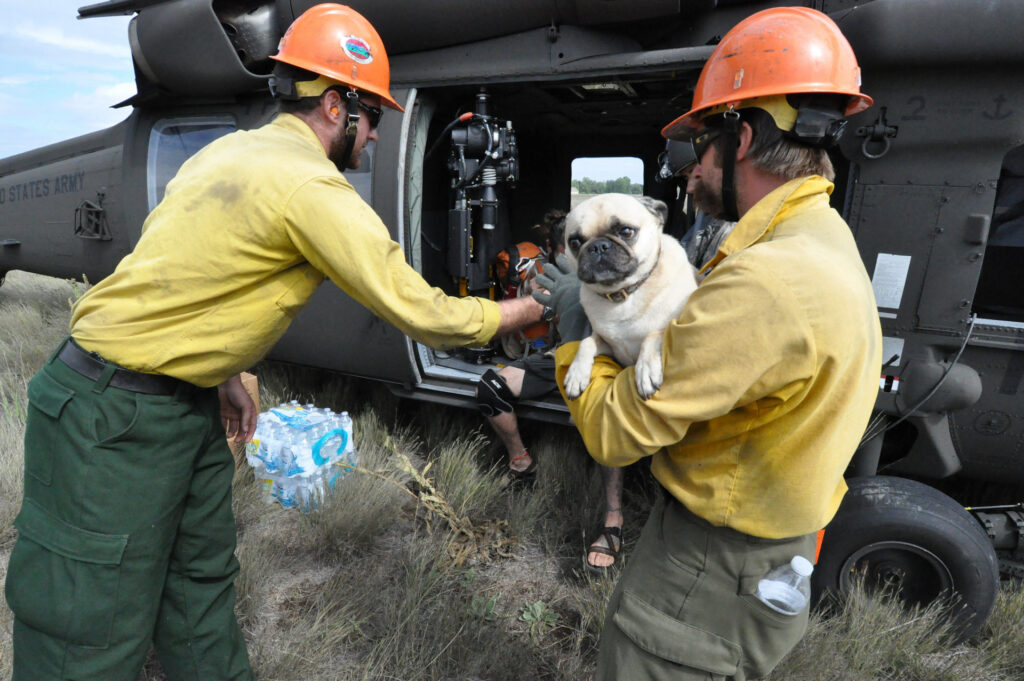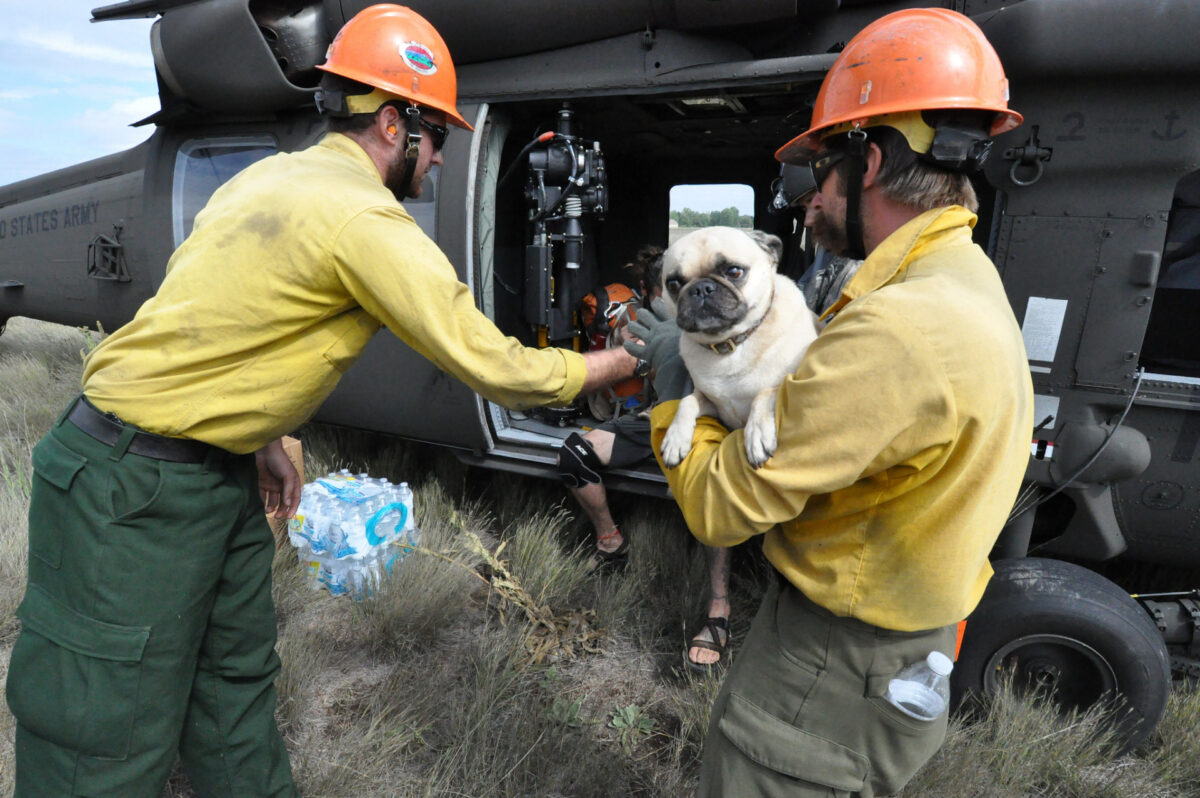As wildfires continue to pose a significant threat to communities, it’s crucial to ensure the safety of our beloved pets during evacuation procedures. While human lives are paramount, our furry companions are also vulnerable to the dangers of wildfires.
This article provides essential guidance on how to prepare and protect your pets during a wildfire evacuation, ensuring their safety and well-being.
Understanding the Risk
First, anyone in an active wildfire area should heed evacuation or shelter-in-place warnings, according to the Texas wildfire attorneys at Singleton Schreiber. It’s also important to remember that pets, like humans, are at risk during wildfires. They can become disoriented, injured, or lost in the chaos of evacuation.
Additionally, smoke inhalation and exposure to flames pose severe threats to their health. Understanding these risks is the first step in adequately preparing for a wildfire evacuation.
Preparing Your Pet for Evacuation
Creating a pet emergency kit is essential. This kit should include food, water, medications, veterinary records, leashes, carriers, and comfort items such as toys or blankets. Ensure that your pet’s emergency kit is easily accessible and kept up-to-date.
Consider including a recent photo of your pet in the emergency kit to aid in identification if they become lost during evacuation. Additionally, pack any special items your pet may need, such as prescription medications, calming supplements, or a favorite blanket.
Microchipping and identification are crucial for reuniting lost pets with their owners. Make sure your pet’s microchip information is current, and attach visible identification tags to their collar or carrier. Include your contact information and an emergency contact number on the tags.
Developing an Evacuation Plan
Identify pet-friendly shelters and accommodations in your evacuation route. Not all shelters accept pets, so it’s crucial to plan ahead and know where you can safely take your furry friends. Research hotels or motels that allow pets and keep a list of their contact information handy.
Plan evacuation routes that accommodate pets, considering any special needs they may have. Ensure that your vehicle has enough space to transport your pets comfortably, along with their carriers or crates. Practice evacuating with your pets to familiarize them with the process and reduce stress during an actual evacuation.
Assign responsibilities and roles within your family to ensure a smooth evacuation process. Determine who will be responsible for gathering pets, grabbing the emergency kit, and loading them into the vehicle. Having a designated plan in place can help minimize confusion and ensure that everyone knows their role during an evacuation.
During the Evacuation
Gather your pets quickly and safely, using leashes or carriers to prevent them from running away in panic. Remain calm and reassuring to minimize their stress during the evacuation. Speak to them in a soothing voice and offer treats or toys to help keep them calm.
If you have multiple pets, consider assigning each family member to a specific pet to ensure that no one is left behind. Make sure that all pets are accounted for before leaving the evacuation area.
Secure pets in carriers or crates for their safety during transport. If possible, keep them in a quiet and secure area to reduce their exposure to the chaos of evacuation. Ensure that carriers are properly ventilated and provide enough space for pets to stand, turn around, and lie down comfortably.

Staying Informed and Flexible
Stay informed about wildfire updates and evacuation orders through reliable sources. Monitor local news outlets, social media channels, and official government websites for updates on the wildfire situation in your area. Sign up for emergency alerts and notifications to receive real-time information about evacuation orders and safety precautions.
Be prepared to adjust your evacuation plans as needed based on changing circumstances. Wildfires can spread quickly and unpredictably, so it’s essential to stay flexible and adaptable during an evacuation. Have alternative routes and destinations in mind in case your primary evacuation route becomes impassable.
Follow guidance from local authorities and evacuate promptly when instructed to do so. Your safety and the safety of your pets depend on timely action. If you’re unsure whether to evacuate, err on the side of caution and evacuate early to avoid getting trapped by the fire.
After the Evacuation
Reunite with your pets safely and check for any injuries or signs of distress. Provide comfort and reassurance to help them cope with the stress of the evacuation. Offer them food, water, and a familiar environment to help them feel safe and secure.
Contact local animal shelters or emergency services if you’re unable to locate your pet after the evacuation. They may be able to assist in locating lost pets and reuniting them with their owners. Provide them with a detailed description of your pet, including any unique markings or characteristics, to aid in the search efforts.
In times of crisis, ensuring the safety of our pets is paramount. By preparing ahead and following these guidelines, you can help keep your furry companions safe during a wildfire evacuation. Remember, taking proactive measures to protect your pets not only safeguards their well-being but also provides peace of mind for you and your family. Stay informed, stay prepared, and stay safe.









